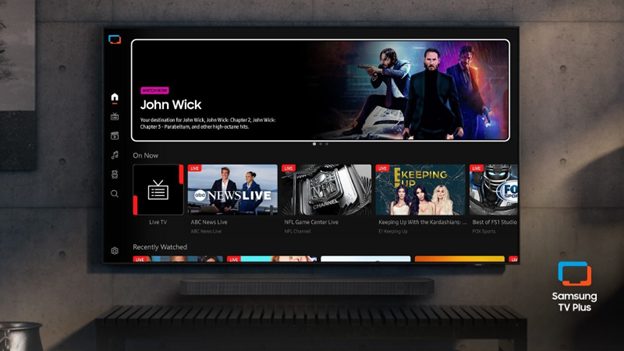Wireless Power System Demo-ed in U.K.
I've been following developments in wireless power—the transfer of power to objects through the air instead of by wires—for two reasons. First, it would be nice not to have to worry about plugging in chargers for the various portable devices that I carry around. Second, as these systems use radio frequencies, I'm concerned about interference. Last week BBC technology reporter Jonathan Fildes covered the demonstration of a wireless power system using technology from WiTricity. The demonstration at the TED Global Conference in Oxford showed the system charging a Google G1 phone, an iPhone and a small LCD TV.
This system uses resonant magnetic coupling to achieve transfer efficiencies as high as 95 percent at short distances (to 75 cm), and transfers at greater distances with somewhat lower efficiency.
WiTricity sees the technology being extended to charge objects as large as plug-in hybrid cars and also for powering wall-mounted TV sets without wires. The company says the technology is safe, as the power is transferred through magnetic near-field coupling, not electric far-field energy.
The BBC article said that WiTricity is using low frequency electromagnetic waves about 30 meters (100 feet) long. This would place it very close to the 31 meter shortwave broadcast band at 9.5 MHz and 10 MHz, which is used in the United States and other countries for standard time and frequency transmissions.
After much searching I found an on-line copy of the MIT research article Wireless Power Transfer Via Strongly Coupled Magnetic Resonances [PDF] that shows 9.90 MHz was the frequency used in the system.
Wireless power has been shown in various forms for several years but so far, excluding devices such as electric toothbrushes that essentially work as transformers with non-resonant coupling over very short distances, it has not made it into consumer devices. Will WiTricity be able to succeed in getting wireless power to consumers? Based on the BBC report, it appears that it might!
The professional video industry's #1 source for news, trends and product and tech information. Sign up below.
